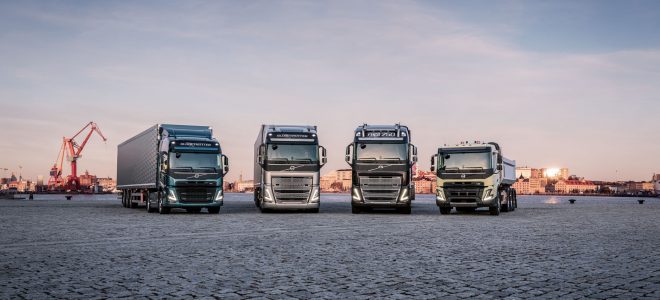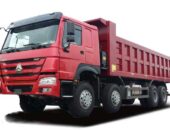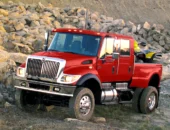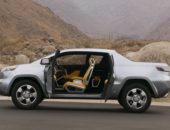Trucks are a part of US folklore. The popular image of the big, burly trucker behind the wheel of his Mack truck, complete with CB radio and amusing ‘handle’ is one that is etched in the very fabric of American life. The truth is somewhat more sophisticated as being a trucker now requires a level of professionalism that was not always associated with the role. In fact, there are now more women truckers than at any other time.
In the USA – and elsewhere – trucks are put into a variety of different classes. There are 8 separate classifications for trucks as things stand. In the article that follows we will be looking at the different classes of truck and what each entails, who lays down the classifications, and a bit more about trucks and trucking. Let’s start by talking about the people that decide on truck classifications in the USA.
Who Determines Commercial Truck Classifications?
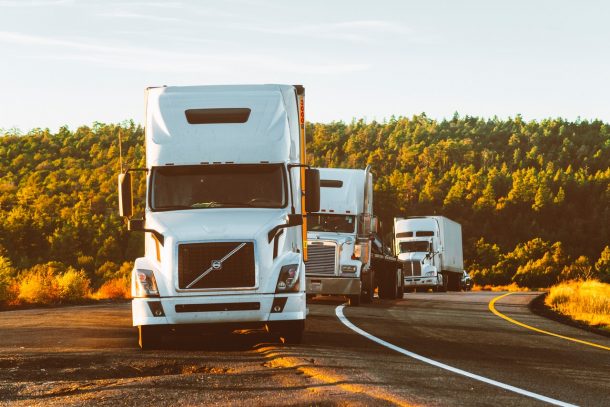
Source: pexels.com
Trucks make up a large proportion of the vehicles on US roads, and the industry is a huge one especially when you factor in the suppliers such as those who make essential parts. You can find more here about the varied and sophisticated parts that are needed to keep a truck on the road for its lifetime.
Who devised the classifications for commercial vehicles? The US Department of Transportation drew up the eight classes that we will describe in the next section. Before we go there, let’s have a quick look at what constitutes a commercial vehicle in the USA.
Commercial vehicles can be the following:
- Trucks, including semi-trailer trucks (articulated), box or straight trucks and vans.
- Buses and coaches.
- Taxis.
- Trailers.
- Heavy agricultural, mining and construction equipment that needs to travel by road.
- Travel trailers exceeding 10,000lbs.
As you can see that’s a lot of different vehicles that have to adhere to the commercial vehicle rules and regulations. But we’re here to talk about trucks, so let’s get on with those classifications.
The Classes of Commercial Truck
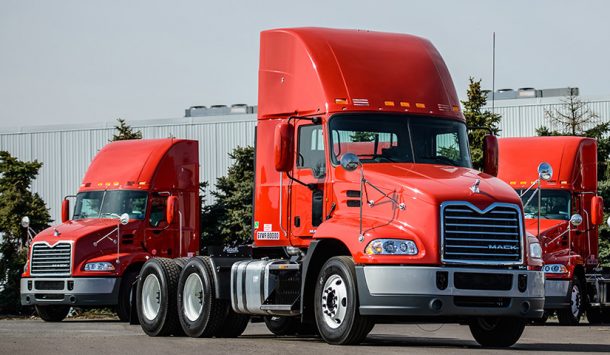
Source: bergeystruckcenters.com
The number of trucks on the road is constantly monitored and needs to be kept under control. This is part of the reason for the classifications. As already mentioned, there are seven classes of commercial truck. They are separated into Gross Vehicle Weight Ratings (GVWR) and here we give you the weights applicable to each.
- Class 1 – GVWR ranges from 0 to 6,000 pounds (0 to 2,722 kg)
- Class 2 – GVWR ranges from 6,001 to 10,000 pounds (2,722 to 4,536 kg)
- Class 3 – GVWR ranges from 10,001 to 14,000 pounds (4,536 to 6,350 kg)
- Class 4 – GVWR ranges from 14,001 to 16,000 pounds (6,351 to 7,257 kg)
- Class 5 – GVWR ranges from 16,001 to 19,500 pounds (7,258 to 8,845 kg)
- Class 6 – GVWR ranges from 19,501 to 26,000 pounds (8,846 to 11,793 kg)
- Class 7 – GVWR ranges from 26,001 to 33,000 pounds (11,794 to 14,969 kg)
- Class 8 – GVWR is anything above 33,000 pounds (14,969 kg)
There you can see the classes divided into their respective weights. A Class 1 truck could be a simple working van, one that can be driven by most people and frequently seen making deliveries of a wide range of items. At the other end of the scale are the Class 8 trucks. These are the heavyweights of the road and are the type of truck we associate with trucking and its many popular images. Next, we will talk about these some more.
The Heavy Trucks
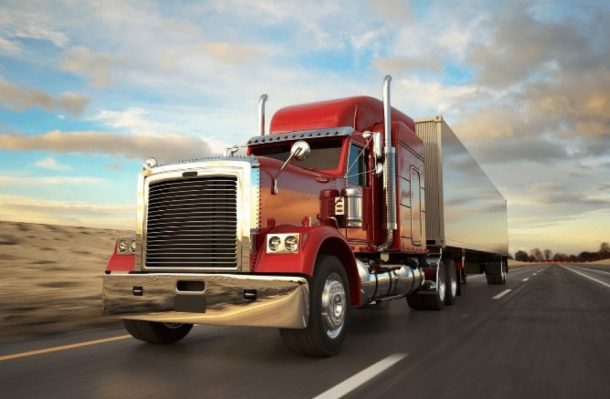
Source: cochranfirmhuntsville.com
The heavy truck division is the one we all think of. When you consider that the majority of freight that crosses the USA is transported by road it makes sense that we see a lot of these trucks on the road. Road freight is far more direct than rail or air, as the goods can be taken from and to local depots close to their destination.
The sight of convoys of heavy trucks on the freeways is one that delights many a child and holds its allure into adulthood. These are important vehicles, yet it might surprise to discover that there is one manufacturer that has a massive lead in the heavy truck market.
Freightliner currently holds a market share of the class 8 trucks of more than 35%. In other words, around one in every four heavy trucks you see on the road will be a Freightliner. There are many reasons for this, not least the fact that Freightliner has a reputation for building rugged, durable trucks that are known for excellent reliability.
They also offer a range of different engines to cope with all possible trucking routes and have comfortable cabs. Their parts and servicing network is also excellent; hence they are popular with trucking companies as well as individual drivers.
To close, we thought it important to think ahead to a future where road transport is changing dramatically, and how that might affect trucks and the trucking industry.
Trucks and the Future
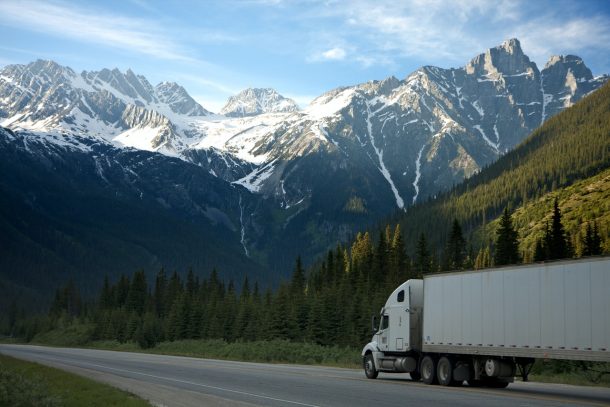
Source: pexels.com
There has been plenty of press given to the fact that some countries introducing a fixed lifespan for commercial vehicles to combat pollution is becoming more prevalent. This is due to the ongoing drive towards a greener future which will undoubtedly involve changes to the massive gas and diesel engines that currently power most of the trucks and commercial vehicles on the roads of the USA.
We stated earlier that most cross-country freight goes by road and this is unlikely to change. However, while there is a move towards electric cars and inner-city vehicles, it is not so likely that this form of propulsion will be suitable for commercial long-distance trucks. Many in the industry suggest that a change towards newer, sustainable synthetic fuels is the way forward, and we can be sure that the truck manufacturers are involved in development in this area.
The changes will of course involve changes to the commercial truck classifications that we have talked about in this article so it may be prudent to keep up with the news if you are involved in the transport industry in some way.

